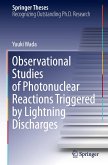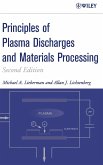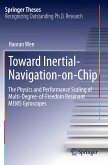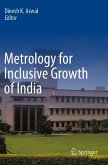This book presents the first simultaneous detection of neutrons and positrons after a terrestrial gamma-ray flash (TGF), a highest-energy transient phenomenon on the earth, triggered by a lightning discharge, based on innovative ground-based observations made in the Hokuriku area of Japan. TGFs, known to be produced by lightning discharges since the 1990s, has been theoretically predicted to react with atmospheric nuclei via photonuclear reactions because they comprise high-energy photons of more than 10 MeV, but such photonuclear reactions by lightning discharges, which produce neutrons and unstable isotopes emitting positrons, were not observationally confirmed. The reactions and propagations of their products in the atmosphere are modeled with Monte Carlo simulations to quantitatively evaluate observations of TGFs, neutrons, and positrons at ground level. The successful comparison between observation and simulation is presented, and demonstrates that lightning discharges to trigger photonuclear reactions and to even produce isotopes in the atmosphere.








